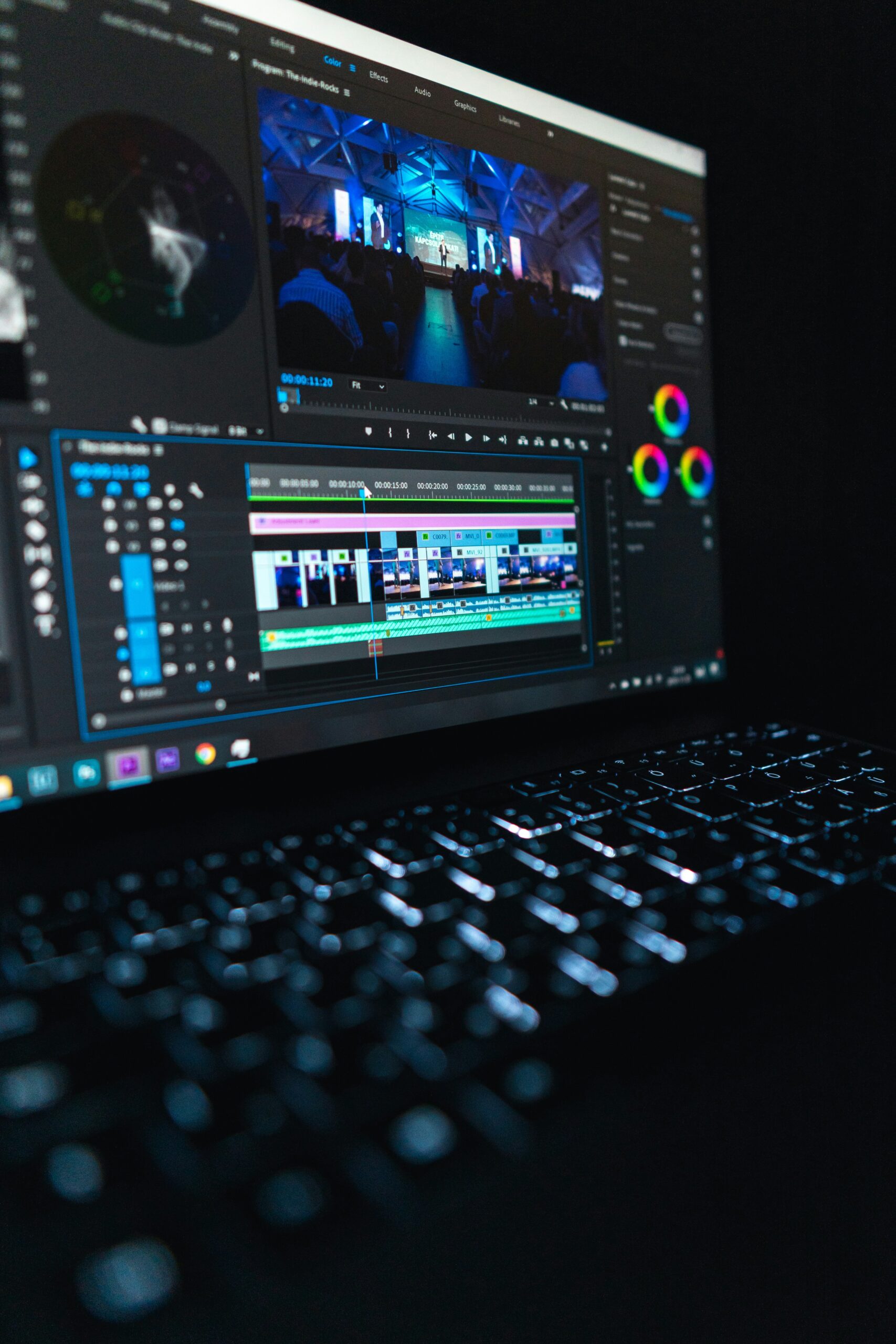Introduction to Video Editing: Cutting, Splicing, and Enhancing Videos

Video editing is the process of manipulating and rearranging video clips to create a cohesive and engaging final product. Whether you’re a professional videographer or just someone who enjoys creating videos as a hobby, learning the basics of video editing can greatly enhance the quality and impact of your videos. In this blog post, we will explore three fundamental techniques in video editing: cutting, splicing, and enhancing videos.
Cutting Videos
Cutting videos is the process of removing unwanted portions from a video clip. It allows you to trim down your footage to focus on the most important moments and eliminate any unnecessary content. This technique is especially useful when you want to create a concise and impactful video.
To cut a video, you will need video editing software. There are many options available, ranging from free programs like iMovie and Windows Movie Maker to professional software like Adobe Premiere Pro and Final Cut Pro. Once you have selected your preferred software, you can import your video clip and use the cutting tool to select the sections you want to remove. After making the cuts, you can rearrange the remaining clips to create a seamless flow.
Splicing Videos
Splicing videos involves combining multiple video clips into a single cohesive video. This technique is commonly used when creating montages, compilations, or storytelling videos. By splicing together different clips, you can create a visually engaging narrative that captures the viewer’s attention.
To splice videos, you will follow a similar process as cutting videos. Import your video clips into your chosen video editing software and arrange them in the desired order. You can then use the splicing tool to seamlessly merge the clips together. This technique allows you to create smooth transitions between different scenes, enhancing the flow and continuity of your video.
Enhancing Videos
Enhancing videos involves improving the overall quality and visual appeal of your footage. This can include adjusting the brightness, contrast, color saturation, and sharpness of your video clips. By enhancing your videos, you can make them more vibrant, professional-looking, and captivating.
Most video editing software provides a range of tools and effects to enhance your videos. These can include color correction tools, filters, and special effects. Experimenting with these features can help you achieve the desired look and feel for your videos. However, it’s important to use these enhancements sparingly and tastefully, as excessive editing can detract from the authenticity of your footage.
Conclusion
Video editing is a powerful skill that can transform your raw footage into a polished and captivating final product. By learning the basics of cutting, splicing, and enhancing videos, you can take your videos to the next level. Remember to practice and experiment with different techniques to find your unique editing style. With time and experience, you will become more proficient in video editing and be able to create videos that leave a lasting impression on your audience.
Leave a Comment